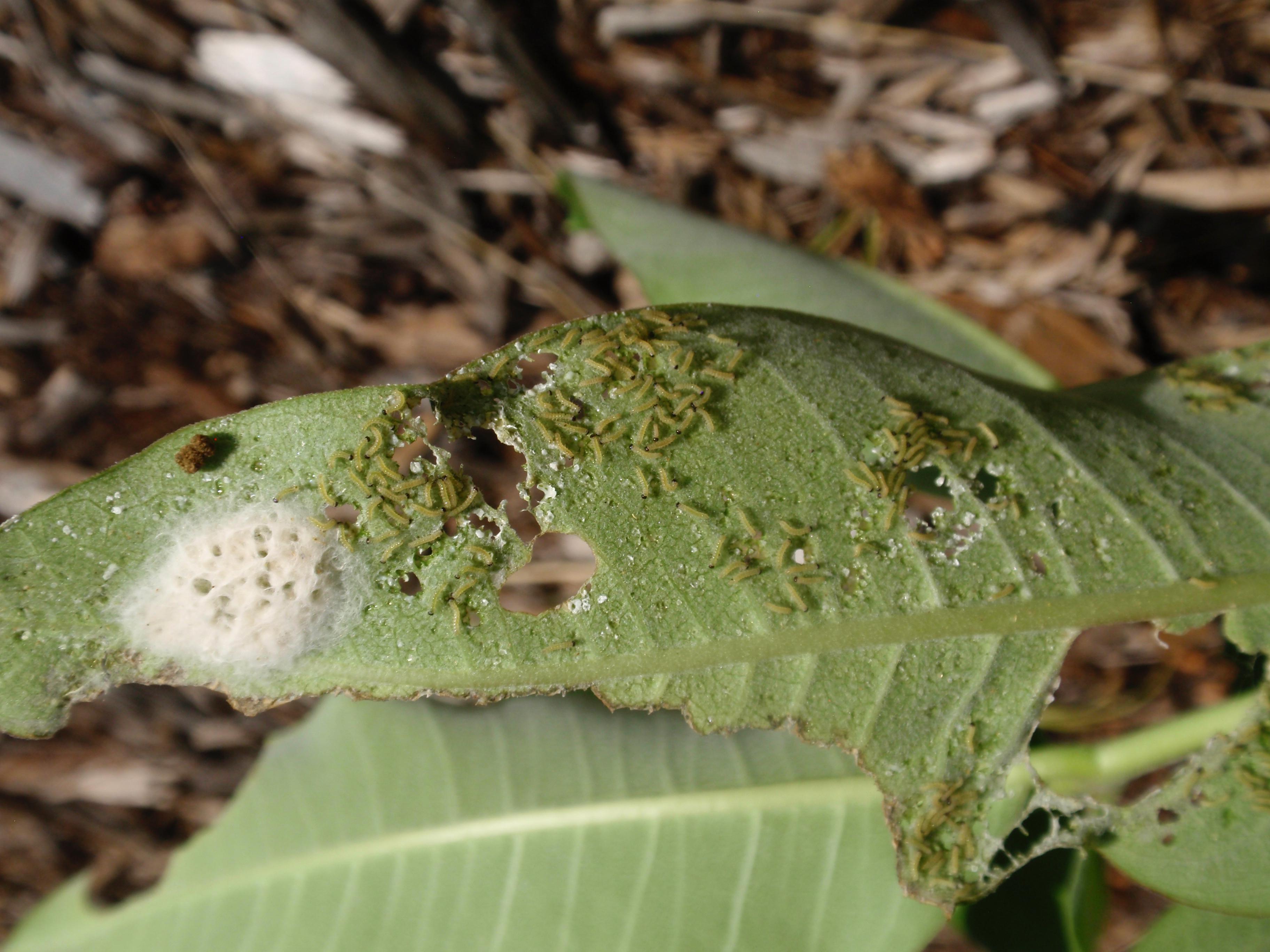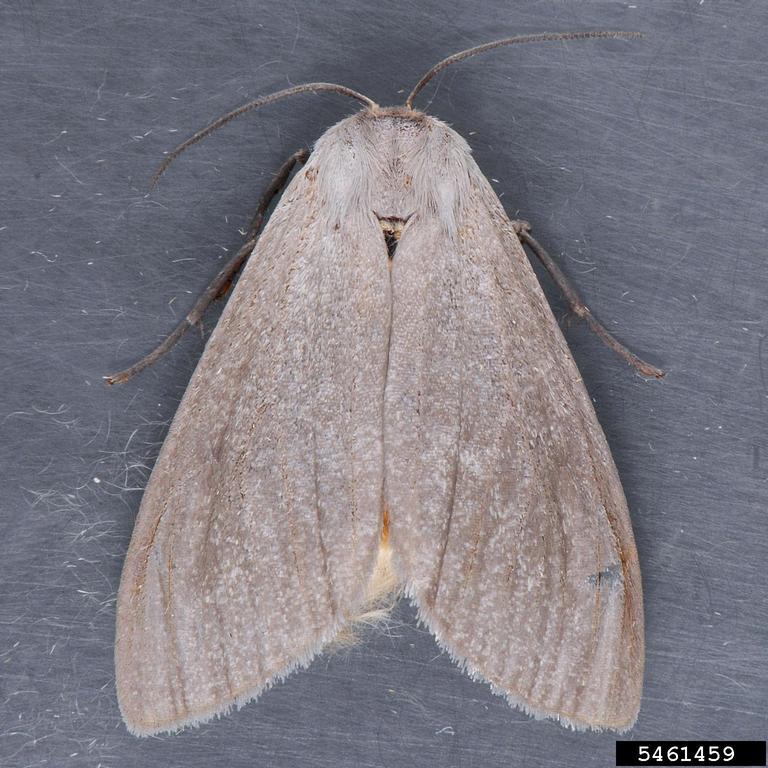Not just for monarchs! Milkweed is a vital food source for milkweed tussock moth caterpillars
Milkweed tussock moth caterpillars should be welcome diners on your milkweed plants.

Common milkweed (Asclepias syriaca) is best known as the host plant for monarch butterfly larvae (caterpillars). Without the many types of milkweed, we wouldn’t have monarch butterflies. But did you know there’s another insect that is entirely dependent on plants in the milkweed family? Meet the milkweed tussock moth!
If you are growing common milkweed, you probably notice that it attracts a lot more than just monarch butterflies. As common milkweed begins to flower in June, one of the most conspicuous visitors is the milkweed tussock moth (Euchaetes egle). These furry-looking caterpillars show up in large numbers with voracious appetites, but they don’t permanently damage plants. The milkweed tussock moth is one of several insects that strictly use milkweeds as host plants and whose life cycle is closely connected to them. Michigan State University Extension does not recommend applying pesticides to control the caterpillars. Even if they devour the leaves in June, the plants continue to grow and will have new foliage next year.
The female milkweed tussock moth lays dozens of pale gray eggs on the underside of milkweed leaves in June. When the eggs hatch, the larvae immediately start eating the leaf tissue from below. They are off-white with a slightly bristly appearance and shiny black heads. During this stage, they feed together in a group. As they grow, the caterpillars go through several stages of growth, known as “instars”, shedding their skins until they reach their full size. Early on, the larvae have small, black dots on their light gray bodies and, when viewed closely, the black dots are the beginnings of black tufts of hairs. Periodically, all the small larvae hide for a day or so to molt into the next growth stage.
The larvae are sometimes called milkweed tiger moths because of their black, white and orange colors. When they become adults, they transform into a less-colorful moth, mostly soft gray in color.

The small larvae eat the leaf tissue but avoid the leaf veins. Milkweed sap is thick and latex-like and can trap and kill a small caterpillar if a leaf vein is broken. The milkweed tussock moth larvae eventually feed on small veins, but large veins remain untouched. As a leaf is eaten down to just a midvein, it bends over to become a bridge to a new leaf. As they mature, they begin to wander and feed on leaves as individuals or in small groups. If there are other milkweeds nearby, some of the larvae may move there. Like other milkweed specialists, the larvae sequester glycosides from the milkweed plant, making them less palatable to most predators.
Milkweed tussock moths develop from egg to late instar larvae in four to six weeks. At that point, the larvae will leave the milkweed and will hide in leaf debris or under a layer of mulch and spin a cocoon around itself for pupation. The milkweed tussock moths overwinter as pupae, emerging as adult moths in the spring.

By planting common milkweed, you help native insects find a vital food source and shelter. Common milkweed plants thrive in full sun and will reach heights of 2 to 5 feet. Be forewarned, however, that common milkweed spreads by underground “runners” (rhizomes) and can be too aggressive for a small garden. A milkweed with an imperfection does not mean you need to take action. The leaves of these plants are eaten by the milkweed tussock moth, monarch caterpillars, the milkweed beetle and other invertebrates, and the flowers are visited by various pollinators.
For more information about growing plants for pollinators, visit Smart Gardening for Pollinators.



 Print
Print Email
Email